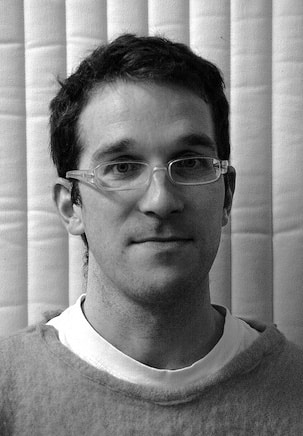 By Robert Blackson
By Robert Blackson
When Esther Polak and Ivar van Bekkum first approached me about their mapping project “250 Miles Crossing Philadelphia” I was pretty confused about what it was they were actually proposing. They talked with me a lot about their interests in Google Street View, Google Earth and GPS as it had been applied to their earlier works such as “Amsterdam REALTIME” (2002) – but I had little understanding of how these interests in Google Street View and GPS would inform and perhaps even become the material of a participatory artwork based on walking through the streets of Philadelphia.
Most of my previous awareness for walking as a form of artistic practice has focused on Western European artists such as Alison Lloyd, Hamish Fulton, Tim Brennan and Richard Long. All (with the exception of Brennan) are fairly introspective artists working from an austere, almost reverent, appreciation of the landscape and its immediate connection to our bipedalled selves. What Ivar and Esther were proposing was something completely different –situating us directly in the urban environment and heightening our sensorial awareness of the manmade world around us. However, they were also introducing a baffle to the process. To perhaps mediate the immediacy of walking through the city, Ivar and Esther have added a layer of technological abstraction with the application of Google Earth and Google Street View to this participatory process.
To get started Esther showed me a video of others navigating the distance between the real world and the abstracted prompts that have been recorded to guide my hour-long walk that cumulatively, one participant at a time, becomes “250 Miles Crossing Philadelphia”. I then donned a sling bag nicknamed “the Beagle” filled with synchronized GPS gizmos, audio recorders, and microphone. The Beagle was, in essence, my steering wheel and with it I began walking around north Philadelphia, doing as I was told from its recorded instructions. I found something Acconcian in 250 Miles Crossing Philadelphia. Like Acconci’s 1969 “Following Piece” I attributed a certain level of menace to my walk. I felt the whole time as though I was being trailed by a virtual voyeur who was tracking my every move. This big brotheresque dynamic of 250 Miles Crossing Philadelphia aligned it with many of the technological advancements (powered by Google, of course) that crowd and guide our daily lives. It all felt very 2014. There was something in this mutual reliance between artistic and technological advancement that I suspect must have also played a part in earlier efforts of a similar stripe such as the Museum of Contemporary Art in Chicago’s 1969 exhibition Art by Telephone (in which instructions for the public to make art works were given over the phone) or the famous Experiments in Art and Technology (E.A.T.) projects designed to merge artists with engineers sponsored by Bell Telephone that began in1967. The efforts and successes of these earlier projects as well as 250 Miles Crossing Philadelphia are indebted not only, of course, to Duchamp, but also to the work of curator and museum director Alexander Dorner. Dorner introduced the first museum audio guide at The Rhode Island School of Design Museum in the late 1930s and attempted in various ways to connect a total sensorial experience with the transformative power of merging the habits of everyday life with art. And as I walked through the streets of Philly with my virtual audio guide encouraging me to appreciate the city as one might an aesthetic experience – I couldn’t help but think of Dorner and the hopeful directive implied by the title of his last book, “The Way Beyond Art.”
Robert Blackson is a curator, writer, artist and Director of Exhibitions at Tyler School of Art’s in Philadelphia.